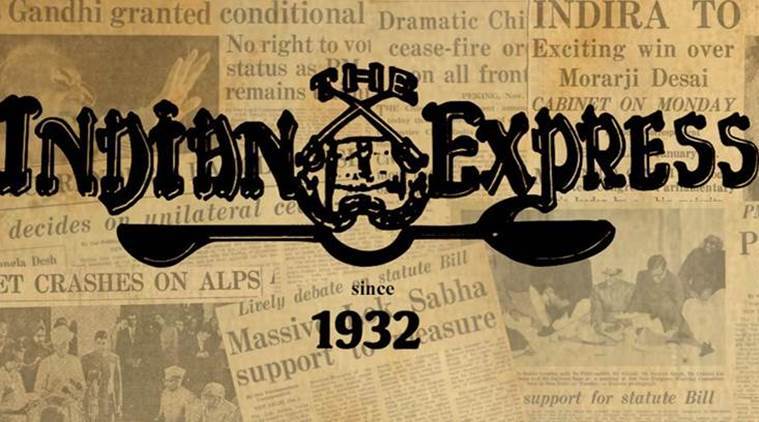 The SC order has advanced the floor test, giving the BJP’s BS Yeddyurappa only one day, as opposed to the 15 days awarded by Governor Vajubhai Vala. (File)
The SC order has advanced the floor test, giving the BJP’s BS Yeddyurappa only one day, as opposed to the 15 days awarded by Governor Vajubhai Vala. (File)
Who will form the next government in Karnataka? In the days after the election, and on the morning of the trust vote, that is the question. But, in the longer view, it may not be the only, or arguably, the most important one thrown up in Bengaluru. A hung verdict which gives no single party or pre-poll alliance a clear majority, in a larger political context of a grim, high-stakes battle between a rampaging BJP and a flailing Opposition, has ensured that the outcome is no longer a matter between voter and the elected. It has opened up spaces for other institutions to step in, check and balance, play a role — and, in the process, be tested. The office of the governor, long under a cloud, has seemed unable even in this instance to shed the pallor of partisanship. The Supreme Court of India, on the other hand, has risen to the moment, holding out the promise of a fair resolution.
This should come as no surprise — after all, down the years, the nation has looked to the apex court to uphold constitutionalism when it has seemed most imperilled in the power game. Yet, it is also true that in recent times the court has itself looked vulnerable and besieged, by the divisions within and the challenges to its independence without. In that context, the late-night sitting on May 16-17, and the timely judicial intervention on May 18, are not just welcome but also immensely reassuring for what they signal about the resilience of India’s institutions. The Congress party, which had expressed a lack of confidence not long ago, not just in the Chief Justice but also in the benches constituted by him, must, with due humility, take note.
Of course, the court’s interim order — it has promised a detailed hearing and listed the matter again after 10 weeks — raises some questions. It has advanced the floor test, giving the BJP’s BS Yeddyurappa only one day, as opposed to the 15 days awarded by Governor Vajubhai Vala. It has directed that the floor test be supervised by a pro tem speaker. If 15 days is too generous a period to be allotted for a floor test, what is the right measure of time to be given to the single largest party after a hung verdict? Is it to be 24 hours henceforth, in all such situations? Does it mean that the single largest party will be given less leeway to stake its claim than it has been granted in similar circumstances so far? If the governor is constitutionally permitted discretion when the electoral numbers are unclear, what are the limits of that discretion? Does the court’s snub to the Karnataka governor mean a resetting of the template of gubernatorial powers?
While the composition of the new government in Karnataka will be known after the floor test, the answers to the larger questions will only come in when the court takes up the matter again, 10 weeks later. But it is comforting, through it all, for the nation to know that the Karnataka resolution will not be left to a nasty and brutish tug of war between parties, now that the court is seized of the matter.